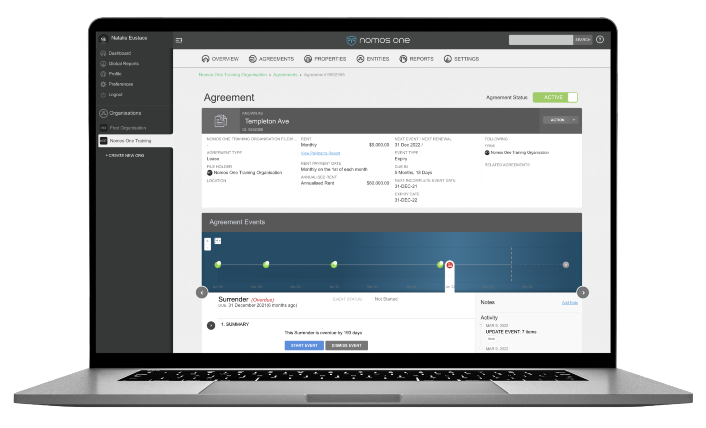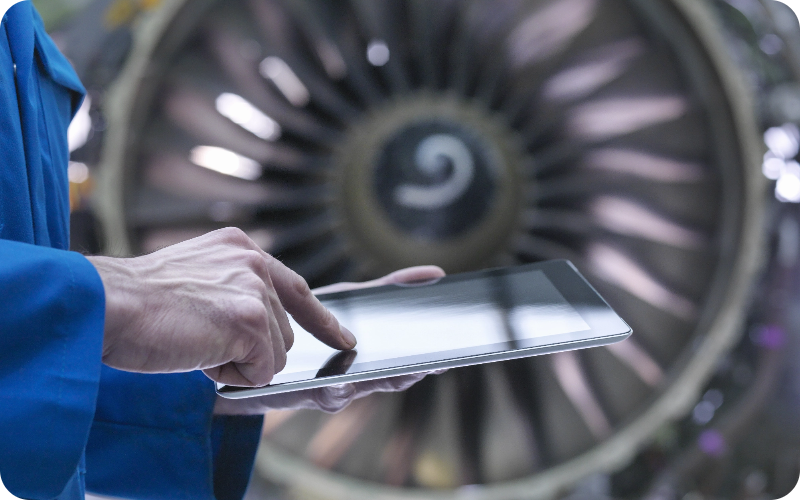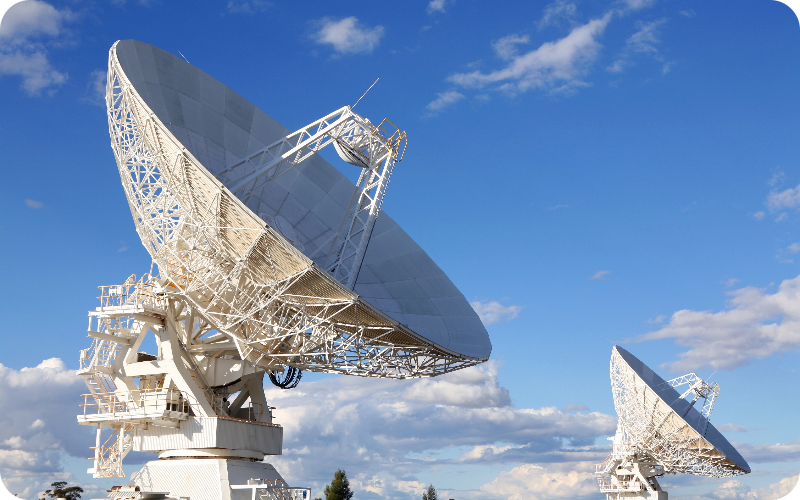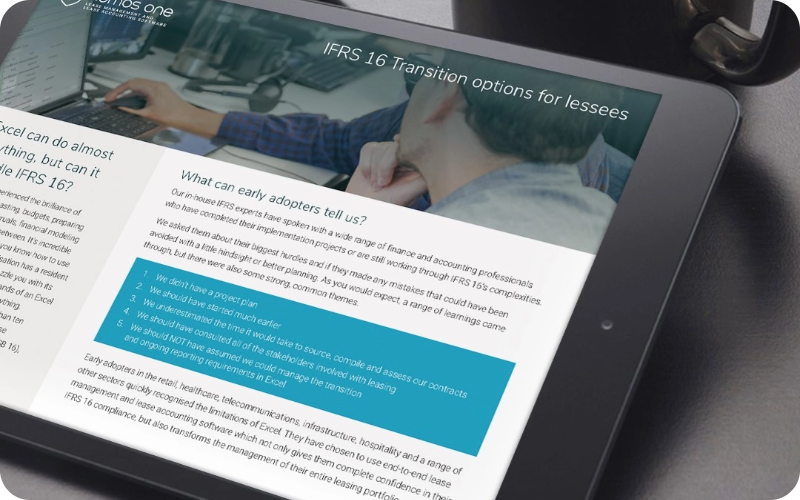Efficiency and accuracy in financial operations are more critical than ever. One of the best ways of achieving these is to embrace automation technologies in lease accounting. By exploring how these technologies align with the current accounting standards, notably IFRS 16 (AASB 16), as well as their impact on reducing manual workload while promoting accuracy, this article provides insights into the automation benefits companies have experienced post implementation.

Setting the scene: The demands of IFRS 16
Before IFRS 16 (AASB 16), lease accounting was relatively straightforward under previous accounting standards. Companies focused mainly on tracking total rent expenses and future lease payments for annual reporting. However, this changed with the introduction of IFRS 16, a standard that required greater transparency and detail about lease obligations and the assets utilised in return.
IFRS 16 placed additional demands on those managing and accounting for leases. Accurate and up-to-date information has become indispensable. The complexity of ensuring compliance under these new requirements underscores the need for a more efficient and error-proof system.
Conventional methods and their limitations
Traditionally, lease management and lease accounting involved storing documents in physical folders or email trails and maintaining spreadsheets. However, this approach proved to be resource-intensive and prone to human error. Additionally, the dispersion of lease information across various departments makes it challenging for accounting teams to access and consolidate data effectively, further complicating the compliance process. While spreadsheets are powerful, there is a clear winner when comparing Excel vs software, especially when considering lease events or contract variations.
Enhancing accuracy in lease accounting through automation
Automation transforms the lease management and lease accounting processes by centralising information and keeping it in a digital format. Storing data in a structured way allows for the automated generation of outputs, which is crucial for complying with complex financial standards and lease liability and remeasurement calculations.

Key advantages of automating lease accounting
Reduction of errors
One of the most significant automation benefits is the dramatic reduction in human error. In traditional manual processes, each step, from data entry to calculations, is susceptible to mistakes. Automation streamlines these processes. In addition, automation helps avoid human error in calculations and reporting by consistently applying the same calculation process to every lease.
This centralisation improves precision and establishes a single source of truth for the entire business, streamlining operations and decision-making. This precision is vital, particularly in complex scenarios where a minor error can lead to significant financial discrepancies.
Consistency across all calculations
As mentioned earlier, automated systems apply the same rules and formulas across all lease calculations, eliminating the variability that often comes with manual handling and ensuring uniformity and accuracy. This uniform approach treats each lease identically, regardless of its complexity or the personnel involved in its management. This consistency is especially important for businesses with multiple leases, as it helps promote compliance for all contracts with the stringent requirements of standards like IFRS 16.
Error detection
Another benefit of automated systems is their ability to detect and flag errors. Unlike manual processes, where errors can go unnoticed until a review or audit, automated systems can flag inconsistencies as they occur. This feedback allows for quicker resolution, reducing the time and resources spent on rectifying mistakes.
Improved data integrity
Automation benefits the integrity of your lease accounting data. Storing all information in a single database, it reduces the risks associated with data duplication, loss, or unauthorised access. This centralised approach secures data and allows it to remain consistent and up-to-date, providing a reliable foundation for all accounting processes.
Advanced analytical capabilities
Automated systems don't just reduce errors; they also offer advanced analytical capabilities that manual processes cannot match. They can process vast amounts of data to identify trends, forecast future liabilities, and provide valuable insights for data-driven decision-making. This level of analysis is particularly beneficial for large organisations, where the sheer volume of lease data can be overwhelming and challenging to manage manually.

The transition to automated lease accounting systems marks a significant advancement in accuracy and reliability. By minimising human error, promoting consistency, providing error detection, enhancing data integrity and offering advanced analytical capabilities, automation streamlines lease accounting processes and fortifies the financial foundations of businesses in an increasingly complex and regulated environment. As such, the adoption of automation in lease accounting is a crucial step for companies seeking to maintain accuracy, compliance and efficiency in their financial operations.
If you would like to learn more about how automating your lease accounting can benefit your company, don't hesitate to book a demo!

























